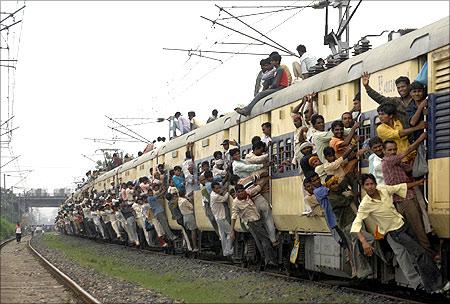
India's sectoral shift away from agriculture to industry and services is reflected in its spatial pattern of urbanisation with firms locating in the bigger cities and metropolises to exploit scale economies, writes N Chandra Mohan
More than 50 per cent of the world's population today lives in cities and towns for the first time in history.
The big question is: when will this historic transition occur in India?
The share of the urban population is less than a third of India's population. But there are social scientists who seriously believe that the extent of urbanisation is much higher if conventional and new data sources are analysed 'against the grain'.
On the other hand, India is also considered to be "an extremely reluctant urbaniser", according to the chief executive officer and managing director of the Delhi-Mumbai Industrial Corridor Development Corporation.
. . .
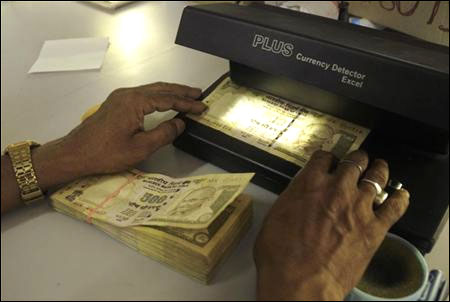
India's urbanisation is actually far from slow and its extent is much greater, argues Partha Mukhopadhyay of the Centre for Policy Research.
At a recent workshop titled "Subaltern Urbanisation? Movement of People, Transformation of Spaces", he elaborated that this process reflects a tension between two paths -- a metropolis-centric agglomeration dynamic driven partly by country- to-town migratory movement and the other involving the transformation of existing settlements that are dispersed across the country.
Where does subaltern urbanisation fit into this narrative?
Subaltern urbanisation refers to the second path, notably the transformation of settlements that are independent of the metropolis and autonomous in their interactions with other settlements, local and global.
. . .
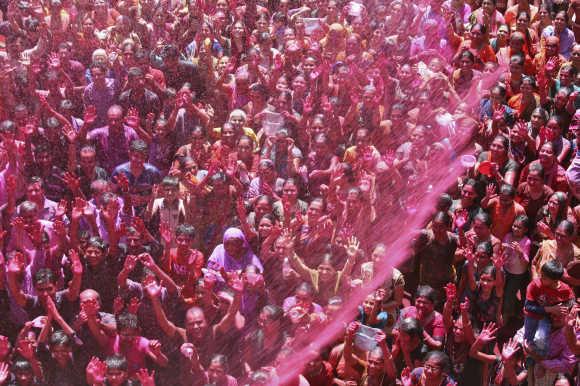
India's sectoral shift away from agriculture to industry and services is reflected in its spatial pattern of urbanisation with firms locating in the bigger cities and metropolises to exploit scale economies.
But urbanisation has also been driven by the boom in census towns -- settlements that have crossed the threshold of three specific urban characteristics, according to the Census of India.
A village becomes a census town if it has a population of 5,000, density of 400 per square kilometre and if 75 per cent of its male population is in non-agricultural occupations.
The transformation of such settlements is referred to as a process of in situ urbanisation.
. . .

Due to such reclassification, there were 2,532 new census towns between 2001 and 2011, accounting for 30 per cent of urban growth over this period (see Kanhu Charan Pradhan's "Unacknowledged Urbanisation: The New Census Towns of India", Centre for Policy Research Working Paper No 2, July 2012).
Significantly, 1,625 of such census towns fulfilled the three-fold criteria in 2001 itself.
There may be more such settlements in 2011, indicating a higher rate of urbanisation: "Indeed it would appear that in both years, the extent of urbanisation may be underestimated, eg, including the population of the 1,625 settlements in 2011 would add 18.7 million people to the urban population in 2001 raising the urbanisation rate by 1.8 per cent to 29.6 per cent.
. . .
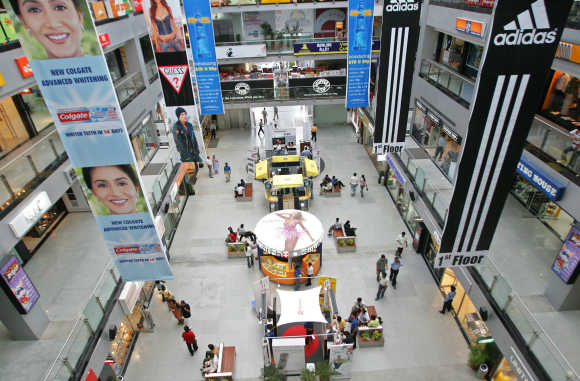
"It is, therefore, conceivable that such an adjustment after the 2011 settlement figures are available could increase the urbanisation rate," argues Pradhan.
More importantly, while some census towns are, no doubt, concentrated around the big metropolises, more than four-fifths of these are situated outside the proximity of such cities.
The process of spontaneous transformation of such settlements, thus, is widespread.
"Subaltern urbanisation should result in vital smaller settlements outside the metropolitan shadow, indicating a pattern of urbanisation that is extensive, widespread, economically vital and autonomous," states Mukhopadhyay in a joint paper with Eric Denis and Marie-Helene Zerah recently published in the Economic and Political Weekly.
. . .
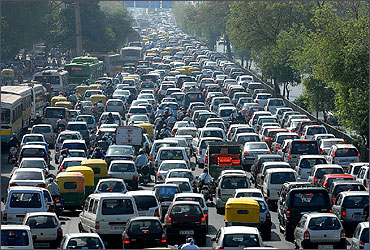
Many of today's large towns were relatively small in the past -- again pointing to the vitality of small towns, states Mukhopadhyay.
Of the 430-odd towns in 1961, 43 experienced a blistering annual growth of 4.7 per cent for 50 years since then.
While many of these are in the peripheries of the metros, 10 of these do not belong to this category and are widely dispersed geographically -- Nashik, Bhiwandi and Aurangabad in Maharasthtra, Miryalaguda in Andhra Pradesh, Rudrapur in Uttarakhand, Surat and Vapi in Gujarat, Akbarpur in Uttat Pradesh, Saharsa in Bihar and Dhanbad in Jharkhand.
These 10 towns, naturally, are candidates for a closer study as to whether they fit the postulates of subaltern urbanisation.
. . .
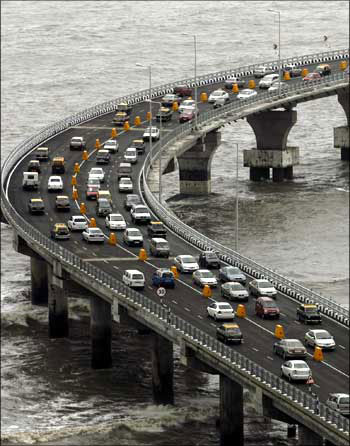
Bhiwandi is known for its powerloom industry that boomed owing to the closure of large textile mills in Mumbai and Ahmedabad. Miryalaguda is a rice town. Dhanbad's growth -- the possible setting of Gangs of Wasseypur -- is certainly not independent of the coal industry and a mafia that developed to exploit the resource.
Whether or not there is anything subaltern about all of this, the growth of such towns exemplies the million mutinies erupting beyond the big metropolises.
Subaltern urbanisation certainly is a work in progress.
. . .

To better understand how agents construct this world, Mukhopadhyay mentions the ongoing research work titled "SUBURBIN" that entails joint work with many other researchers.
Currently, the focus is on places like Kullu and Shamsi in Himachal Pradesh, the Udupi region in Karnakata, the Salem region towns of Tiruchengode and Namakkal, the leather cluster of Vellore in Tamil Nadu, to name a few.
It is through detailed fieldwork-based research of more such towns that India's rapid urban transformation can be better understood.